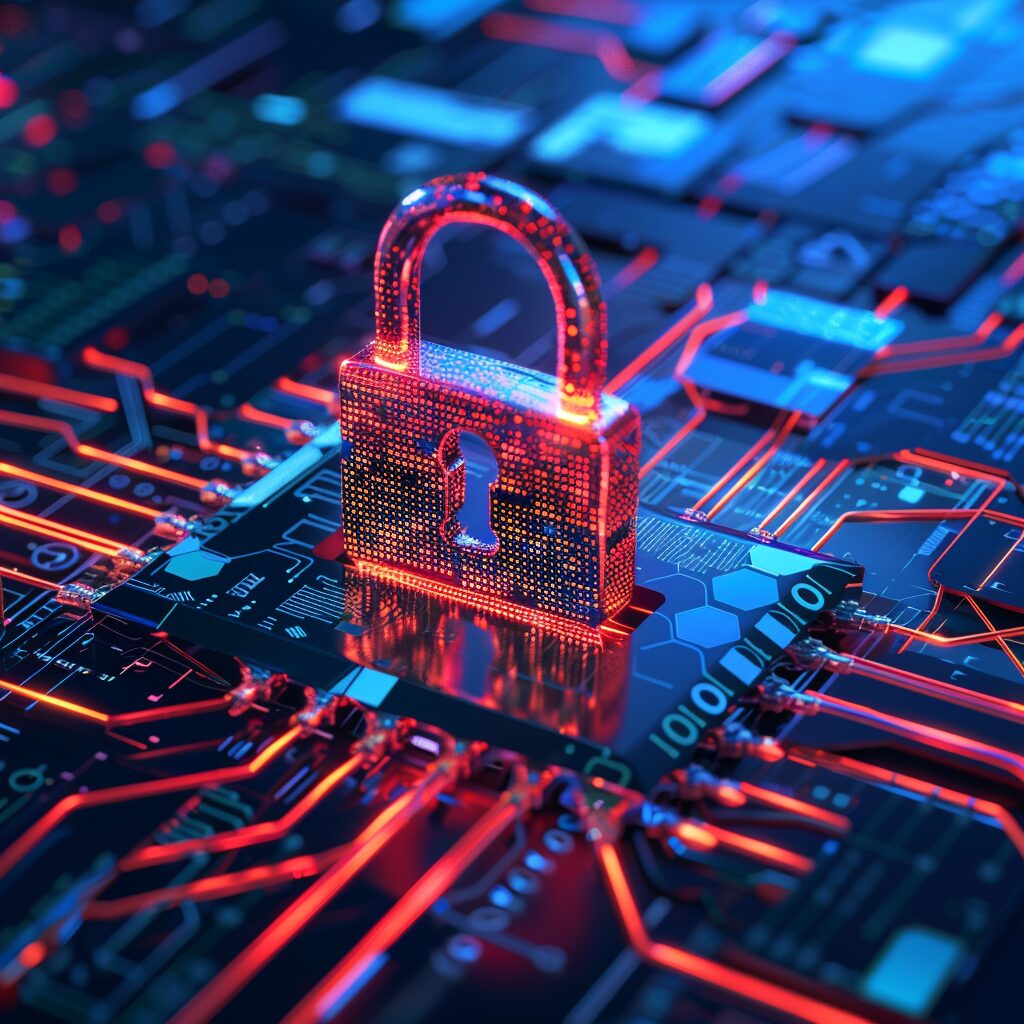Cybersecurity has become a top priority for CIOs in recent years, with organizations across all industries facing a growing number of threats. Adversaries are becoming more well-funded and sophisticated, making it increasingly difficult for companies to protect their sensitive data and networks. The shift to remote work during the pandemic has further widened the attack surface, creating new vulnerabilities for cybercriminals to exploit.
One major vulnerability in today’s cybersecurity landscape is cloud computing. While cloud technology has revolutionized data storage and processing, it has also introduced new risks. Misconfigured cloud storage, weak access controls, and inadequate encryption protocols have made it easier for unauthorized parties to access sensitive information. To mitigate these risks, companies must focus on diligent configuration management, robust access controls, and continuous monitoring of their cloud environments.
Data breaches remain a constant threat to businesses, with cybercriminals targeting organizations to steal valuable information such as personal identifiable information (PII) and financial data. The consequences of data breaches can be severe, resulting in financial losses, reputational damage, and legal ramifications. Implementing encryption, adopting a defense-in-depth approach, and conducting regular security assessments can help companies mitigate the risk of data breaches.
The proliferation of Internet of Things (IoT) devices has also increased the attack surface, creating opportunities for cybercriminals to launch large-scale attacks and compromise sensitive information. Manufacturers must prioritize security by design, incorporating encryption, authentication mechanisms, and regular firmware updates to protect IoT devices from threats.
Mobile devices have become prime targets for malicious actors, with malware-laden apps, phishing scams, and network vulnerabilities putting smartphone users at risk of data theft and financial fraud. Implementing mobile device management solutions, enforcing strong authentication measures, and educating users about security best practices can help mitigate vulnerabilities associated with mobile devices.
Phishing attacks continue to be a prevalent threat, with cybercriminals using social engineering techniques to deceive users into divulging sensitive information. Robust email filtering, multi-factor authentication, and user training can help organizations defend against phishing attempts and unauthorized access.
Ransomware is another significant threat, encrypting critical data and demanding ransom payments for decryption keys. These attacks can disrupt operations and cause financial losses, with ransomware variants evolving to bypass security defenses. Regular data backups, endpoint security solutions, and incident response drills are essential strategies to mitigate the impact of ransomware attacks.
The shift to remote work has introduced new vulnerabilities, as employees access company networks from various locations with varying levels of security. Organizations must implement secure remote access solutions, enforce robust authentication methods, and educate employees about remote work security best practices to minimize the risks associated with remote work environments.
Social engineering remains a potent weapon for cybercriminals, exploiting human biases to compromise security. Employee training, awareness campaigns, and simulated phishing exercises are critical components of a comprehensive defense strategy against social engineering attacks.
Supply chain security is another area of concern, as collaboration with third-party partners introduces additional cybersecurity risks. Conducting thorough security assessments of third-party partners, establishing clear contractual obligations, and enforcing compliance standards are essential steps to mitigate vulnerabilities in vendor relationships.
Despite the myriad challenges in today’s cybersecurity landscape, the industry is making strides in combatting modern threats through collaboration, information sharing, and proactive measures. By implementing robust security controls, fostering a culture of awareness, and staying vigilant against emerging threats, organizations can enhance their resilience against cyber attacks and navigate the digital landscape with confidence.


